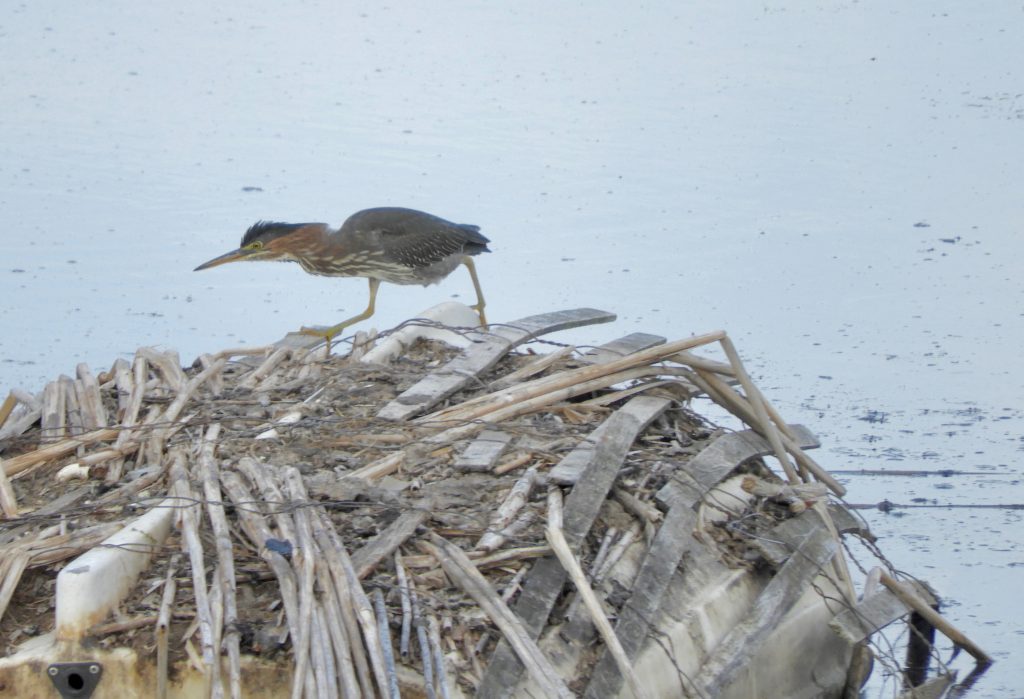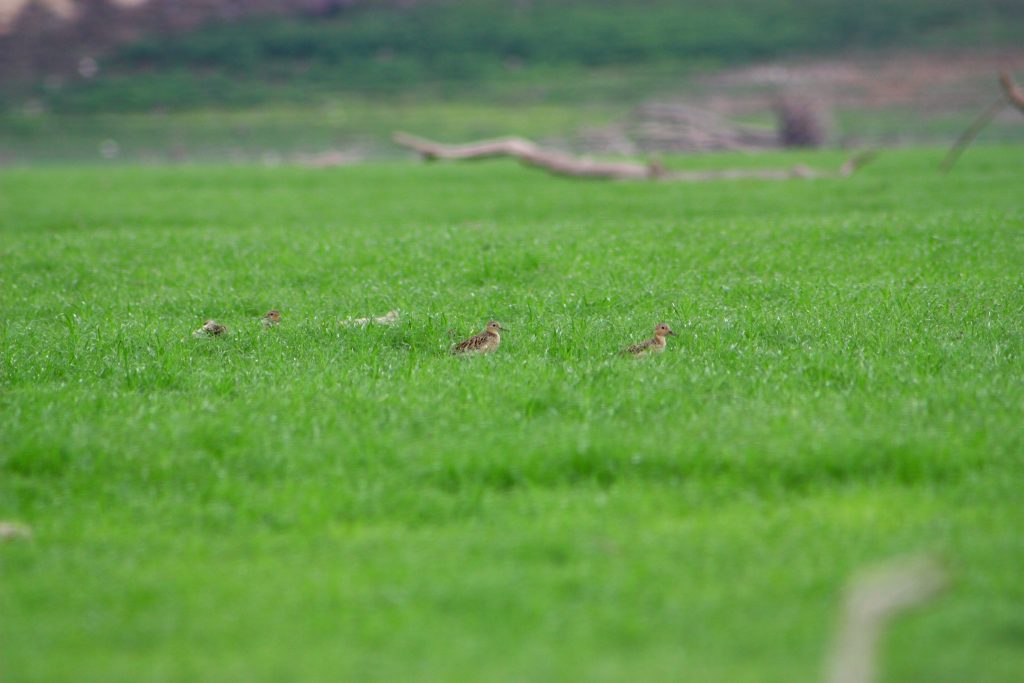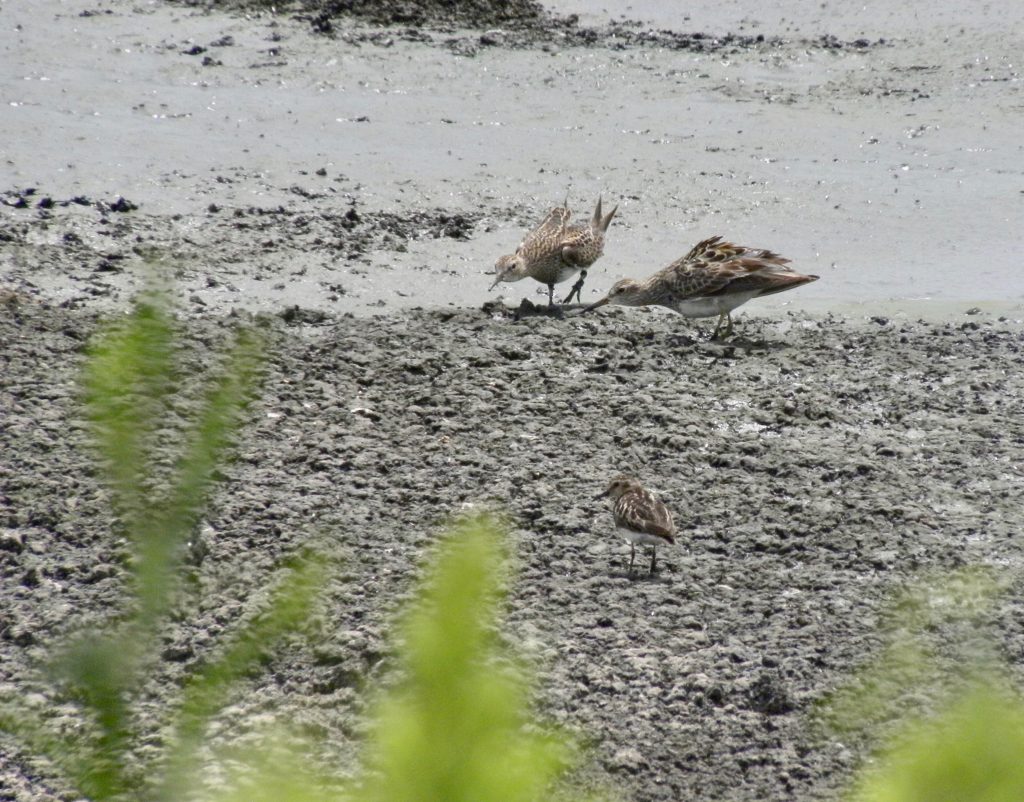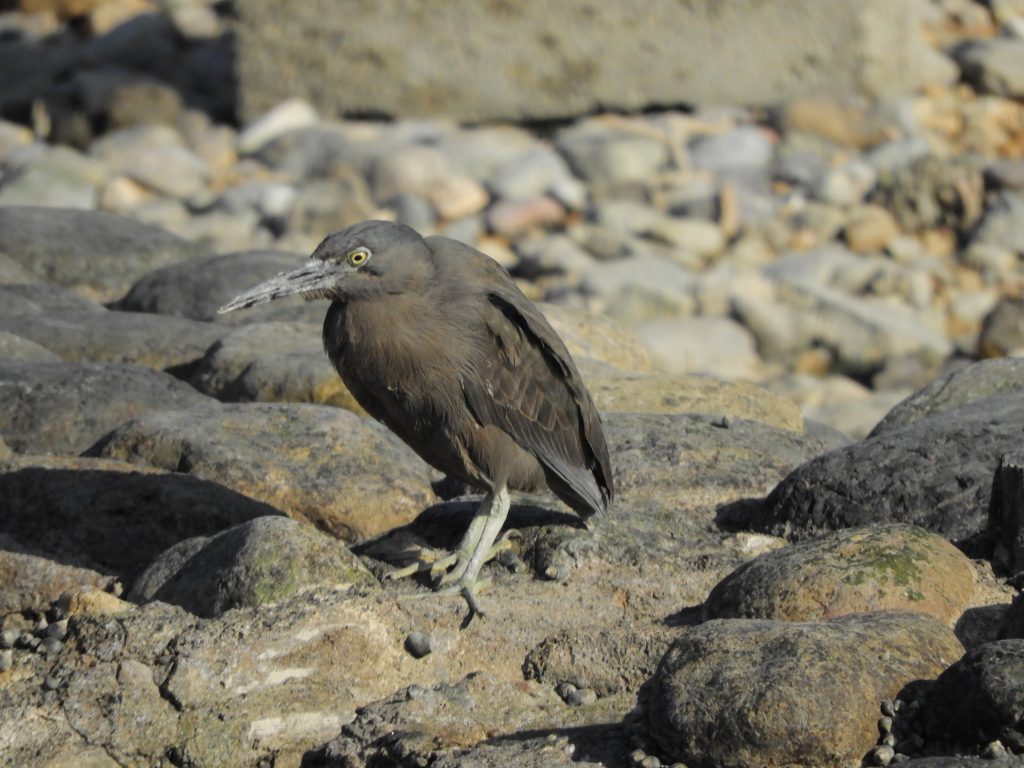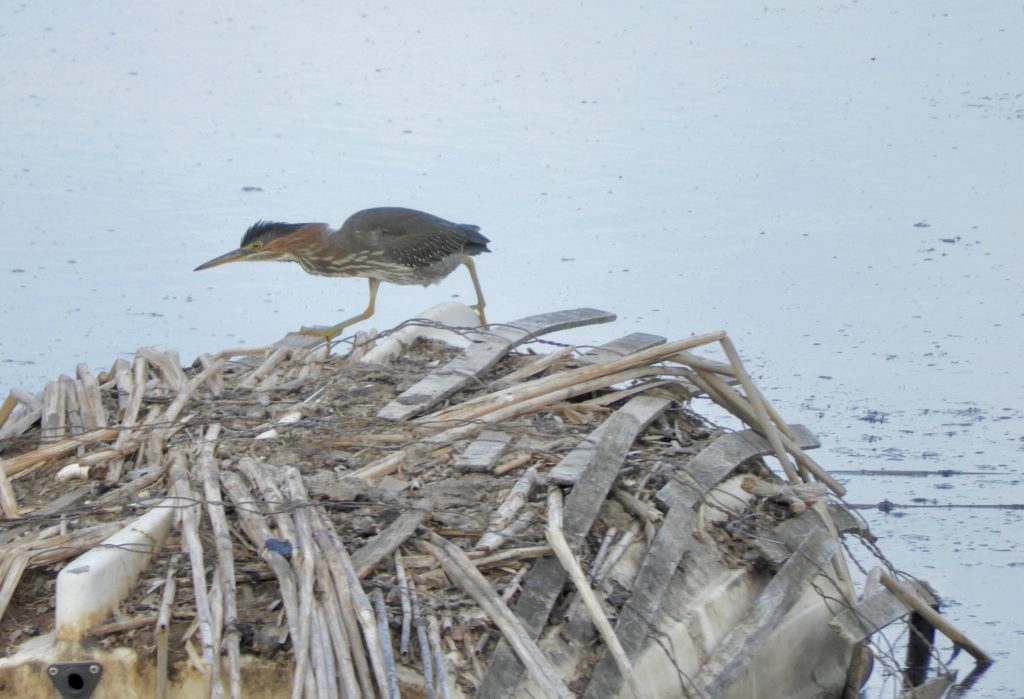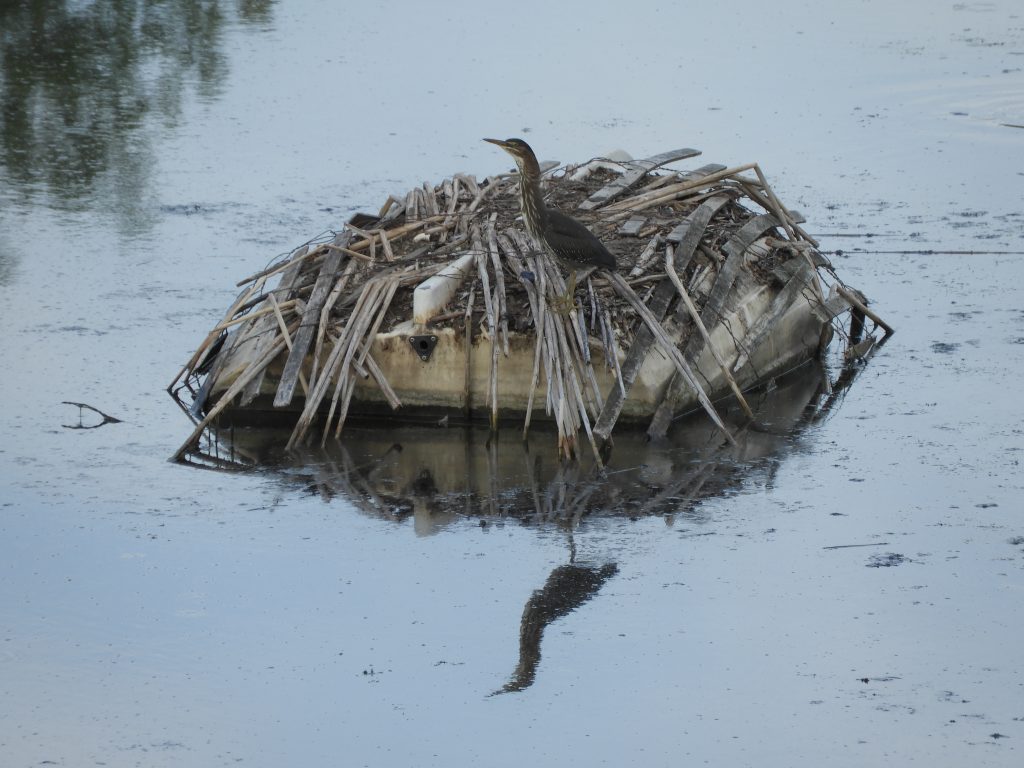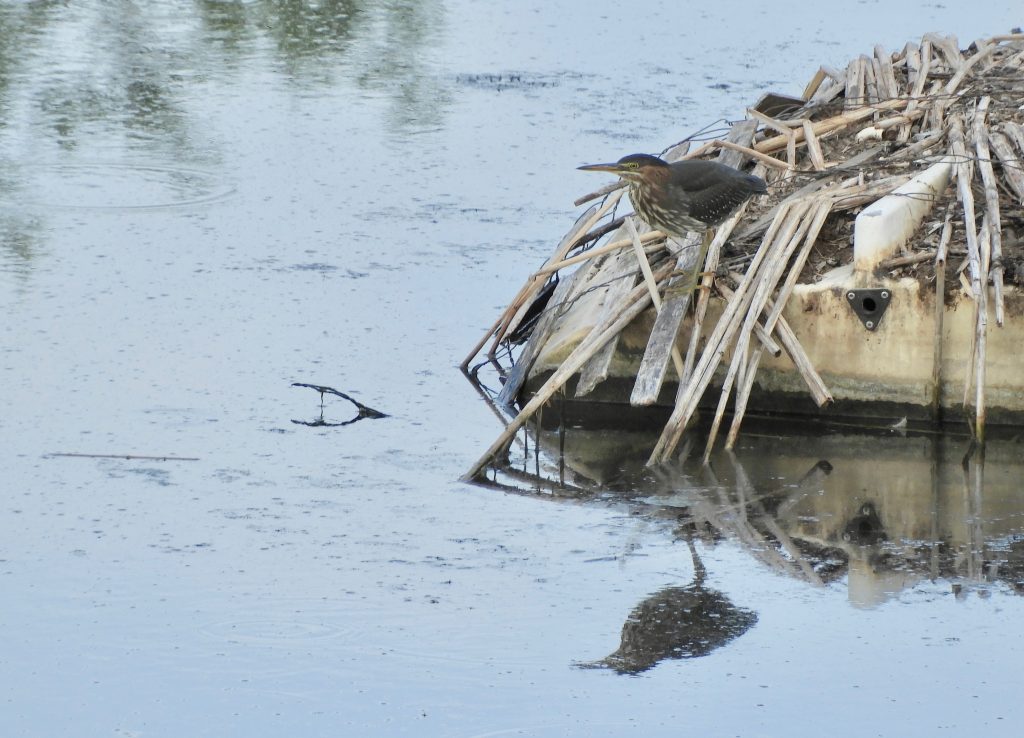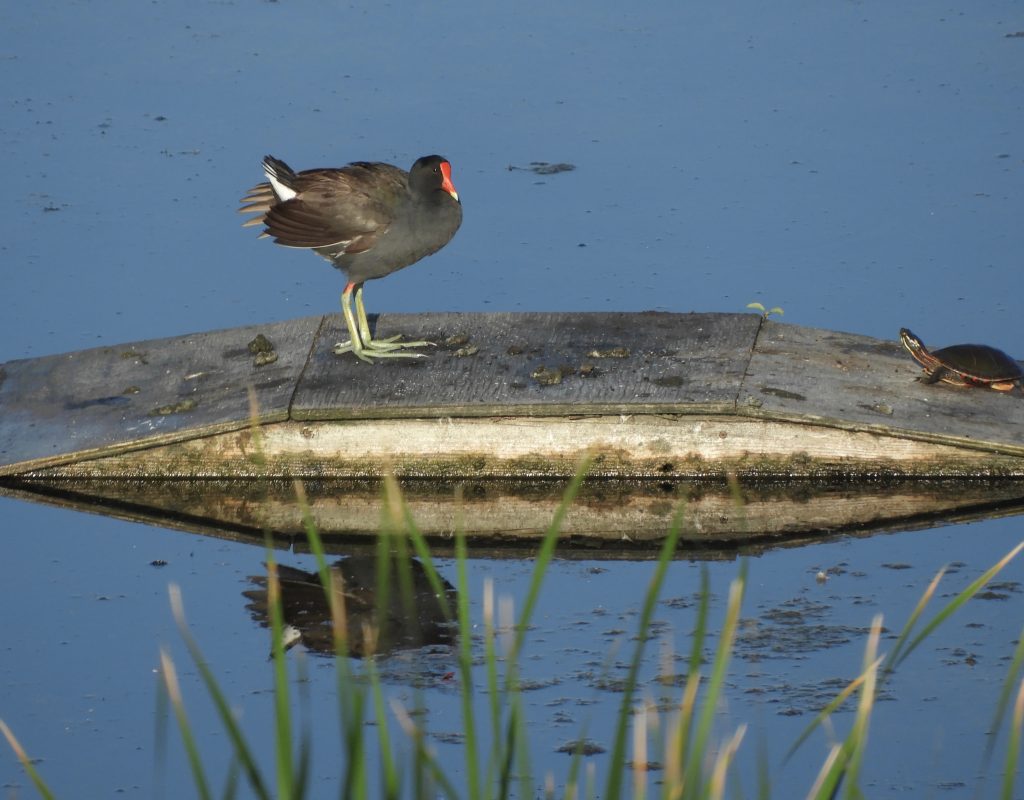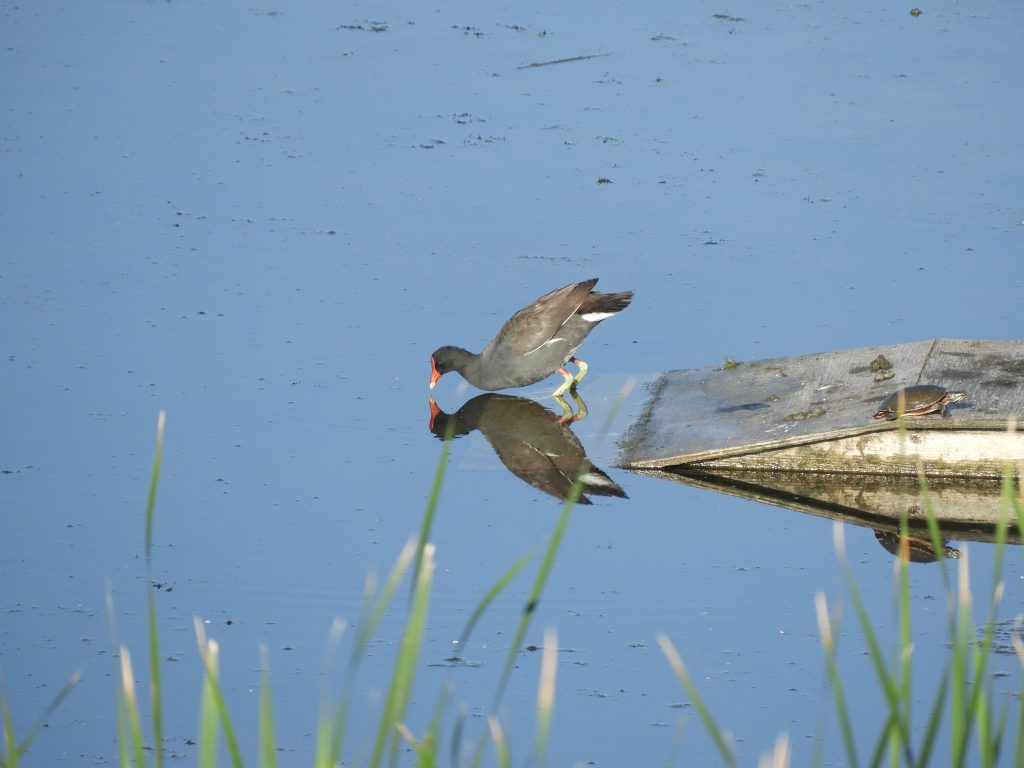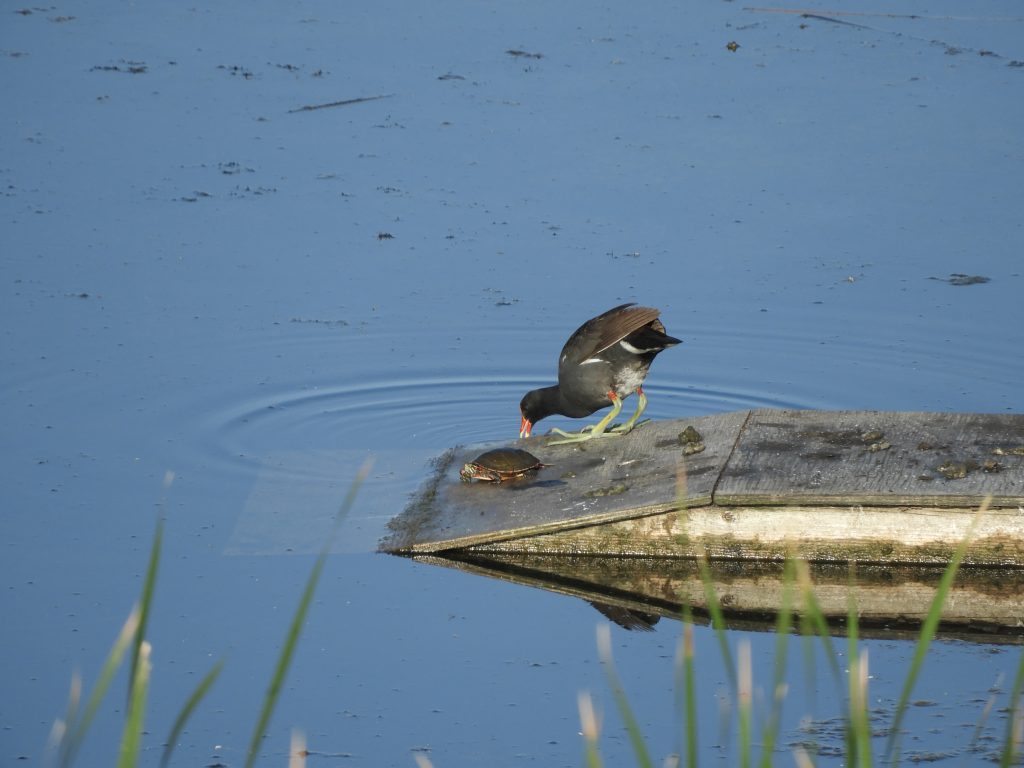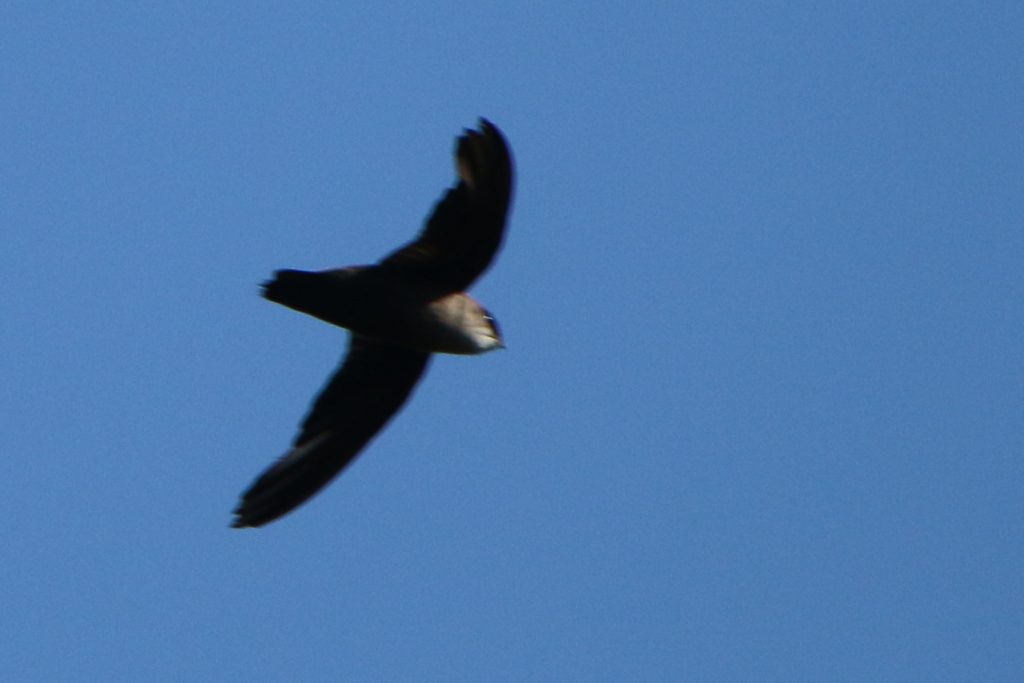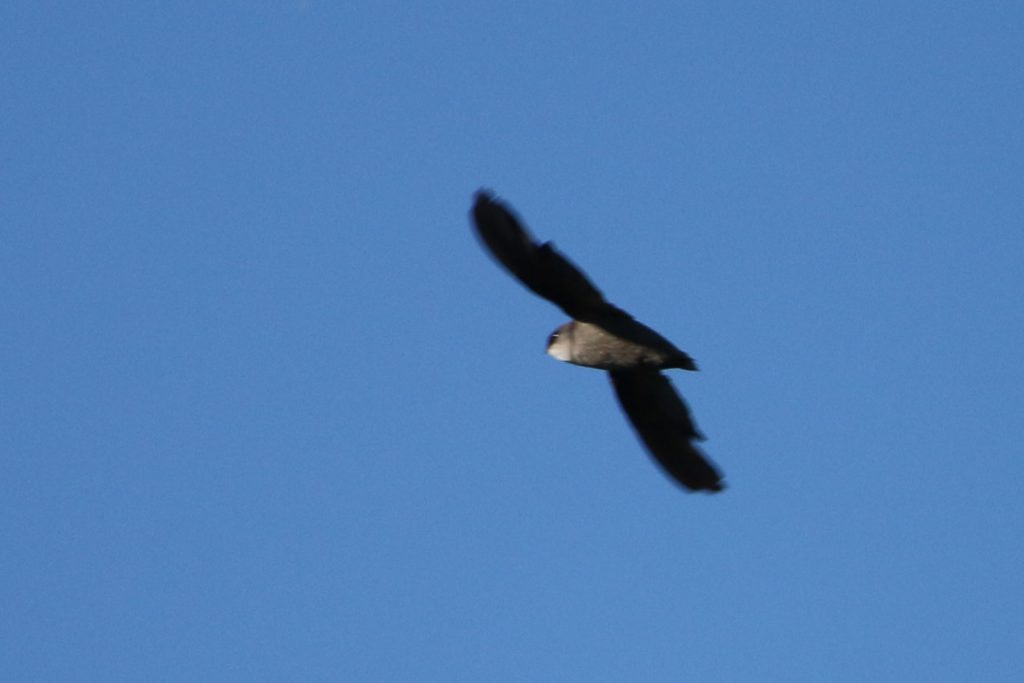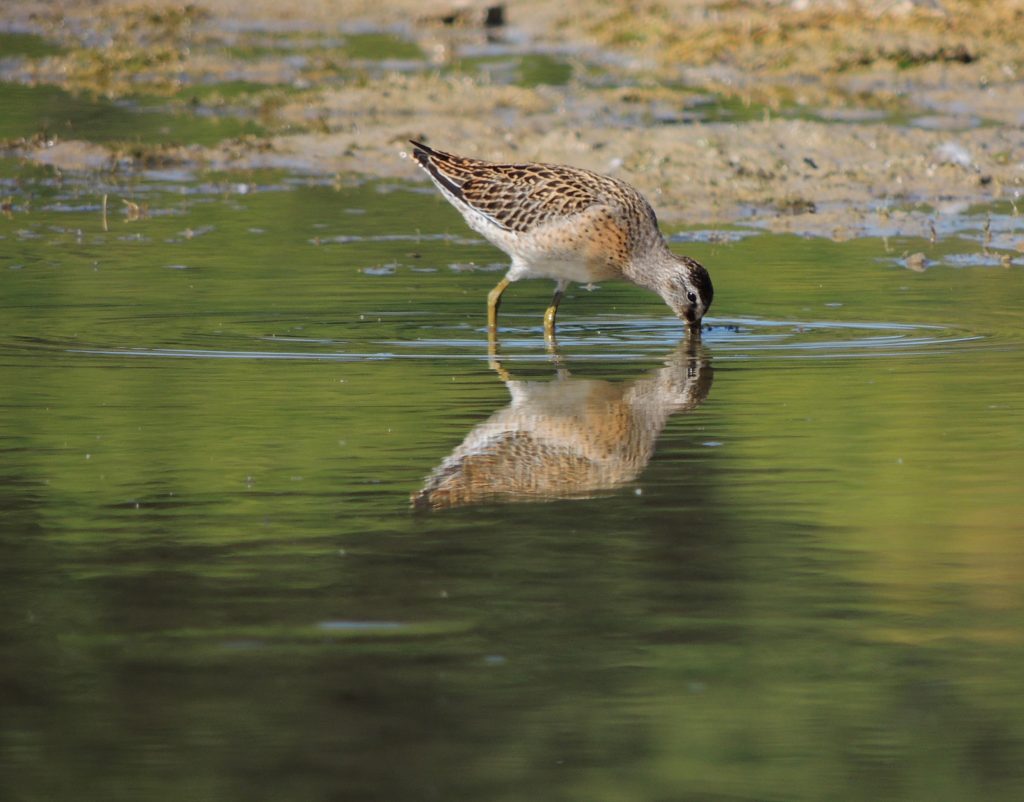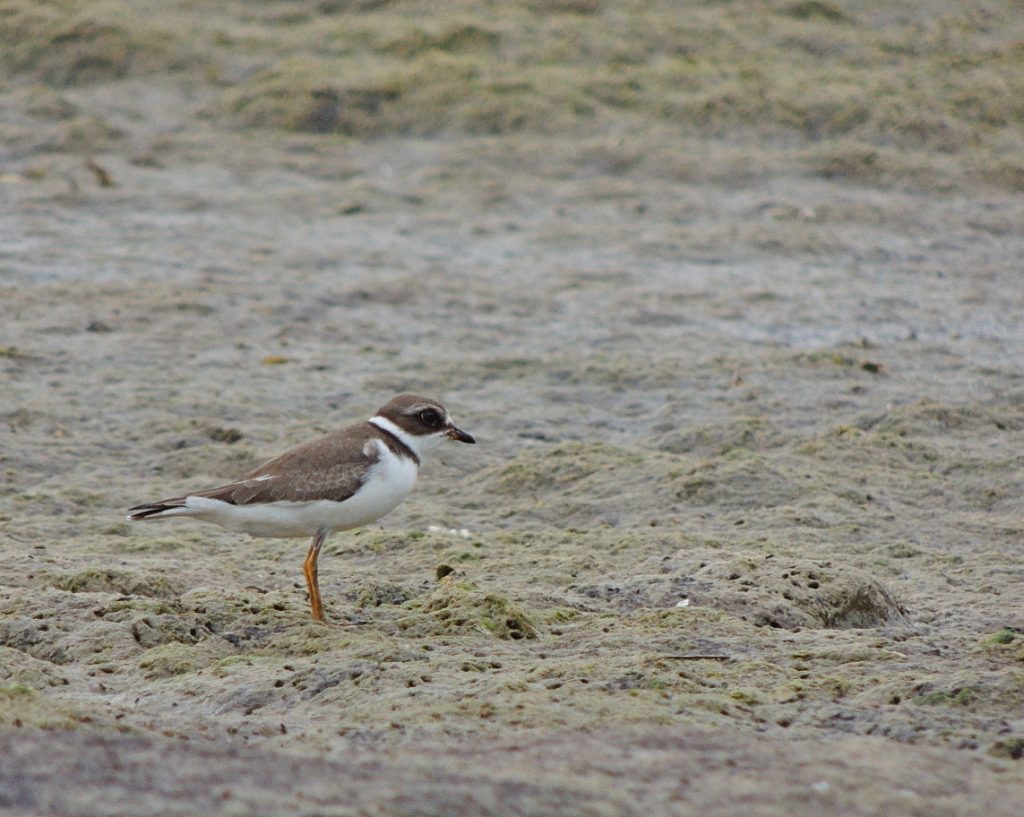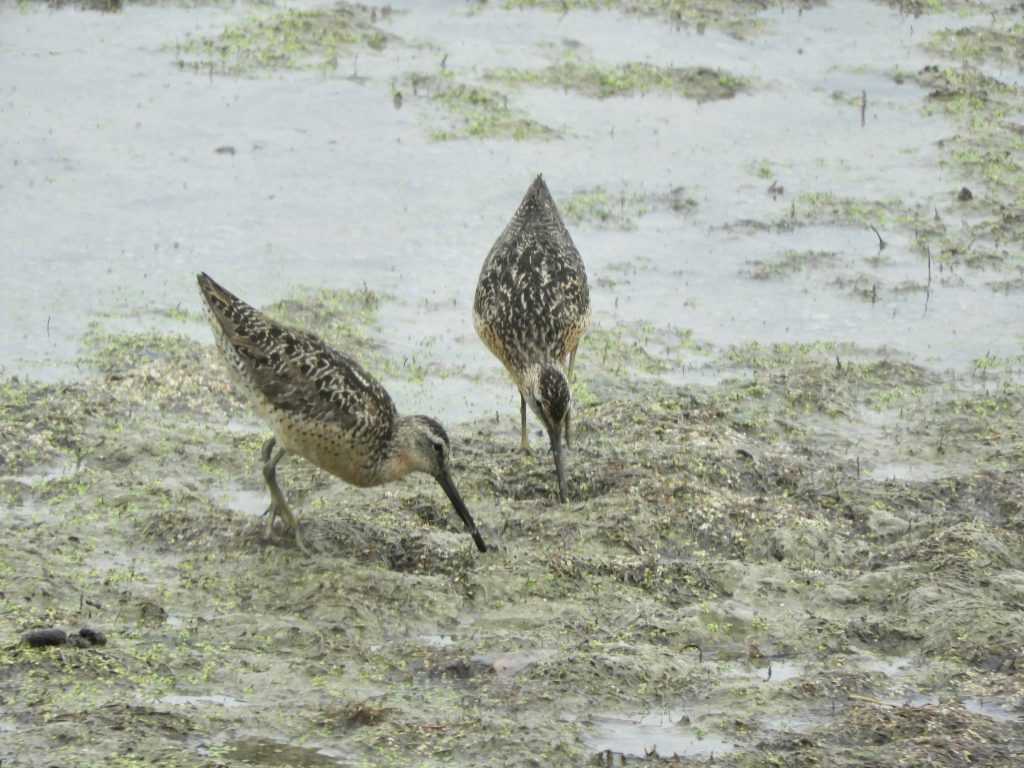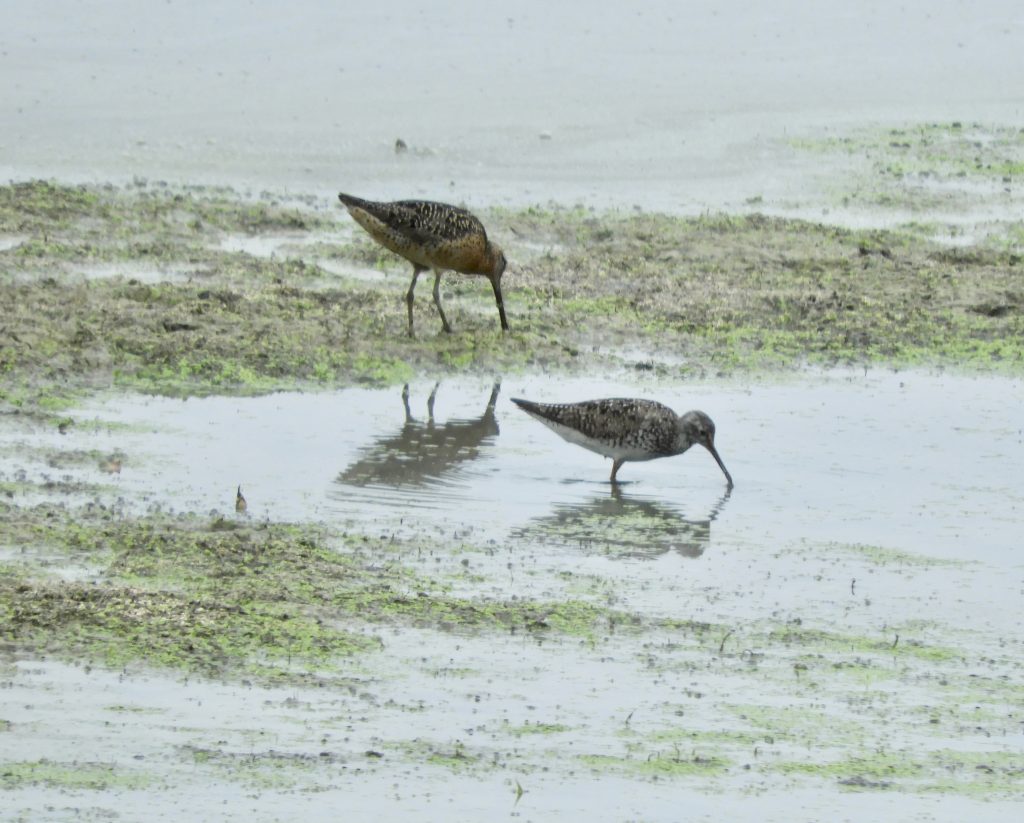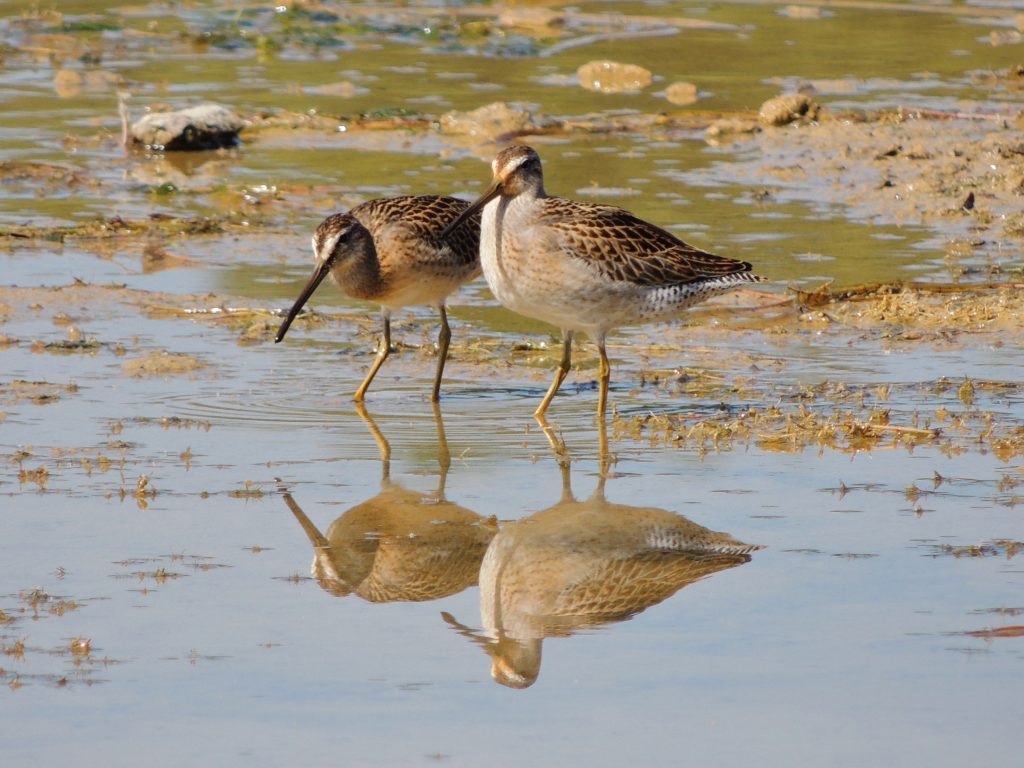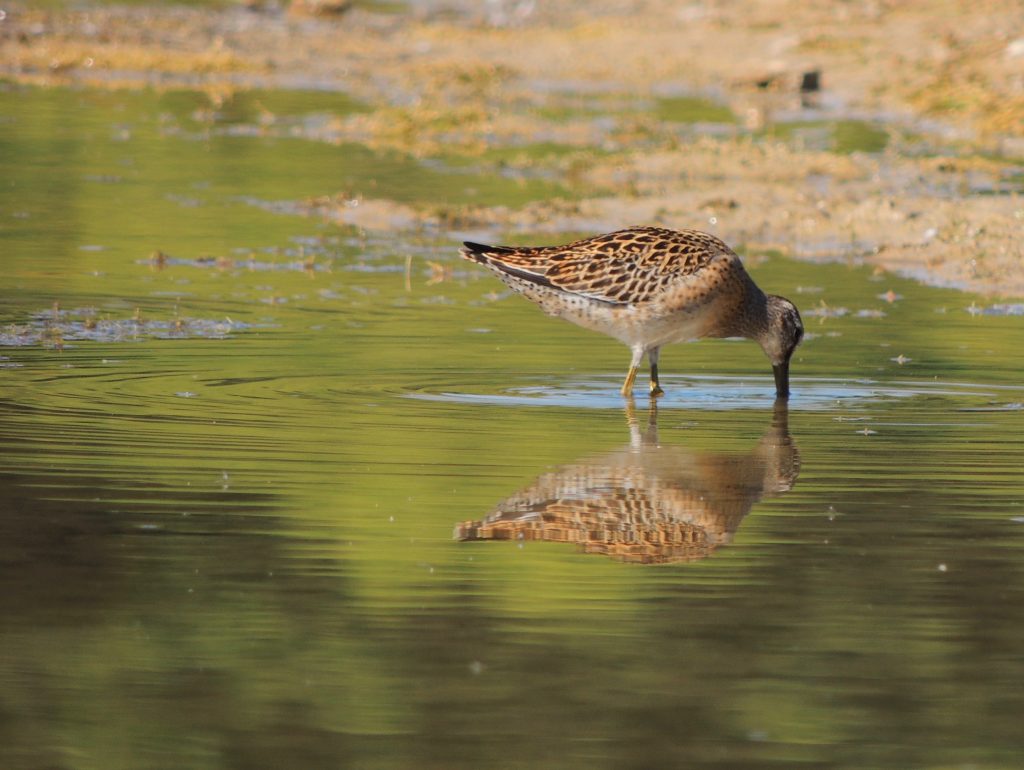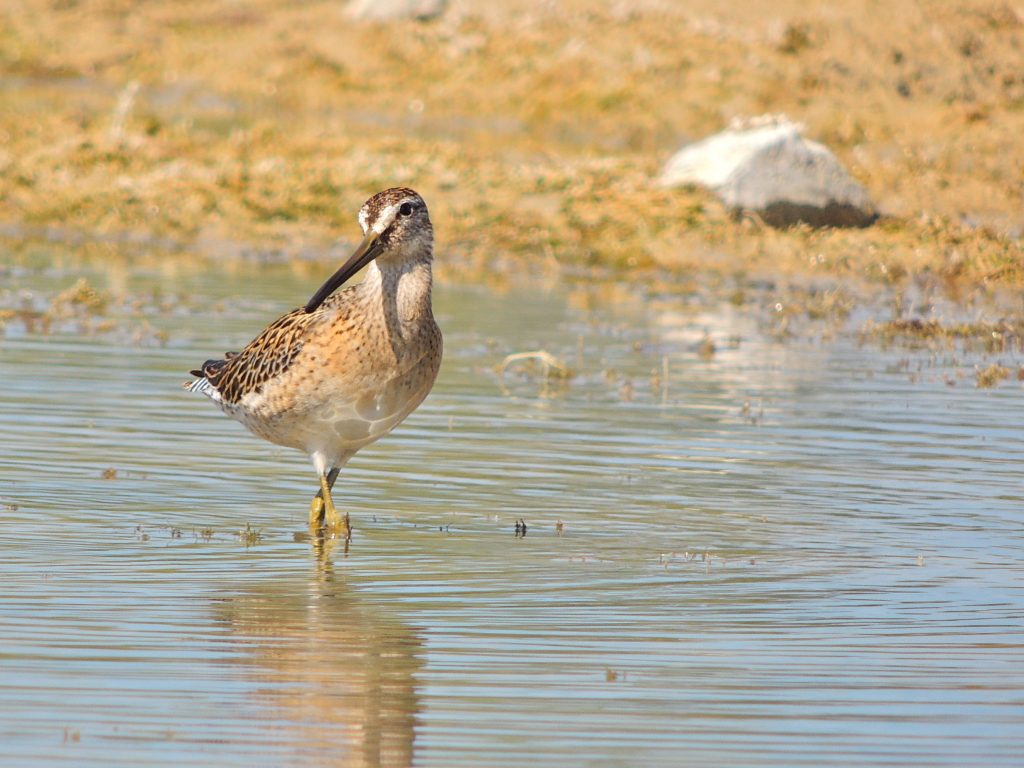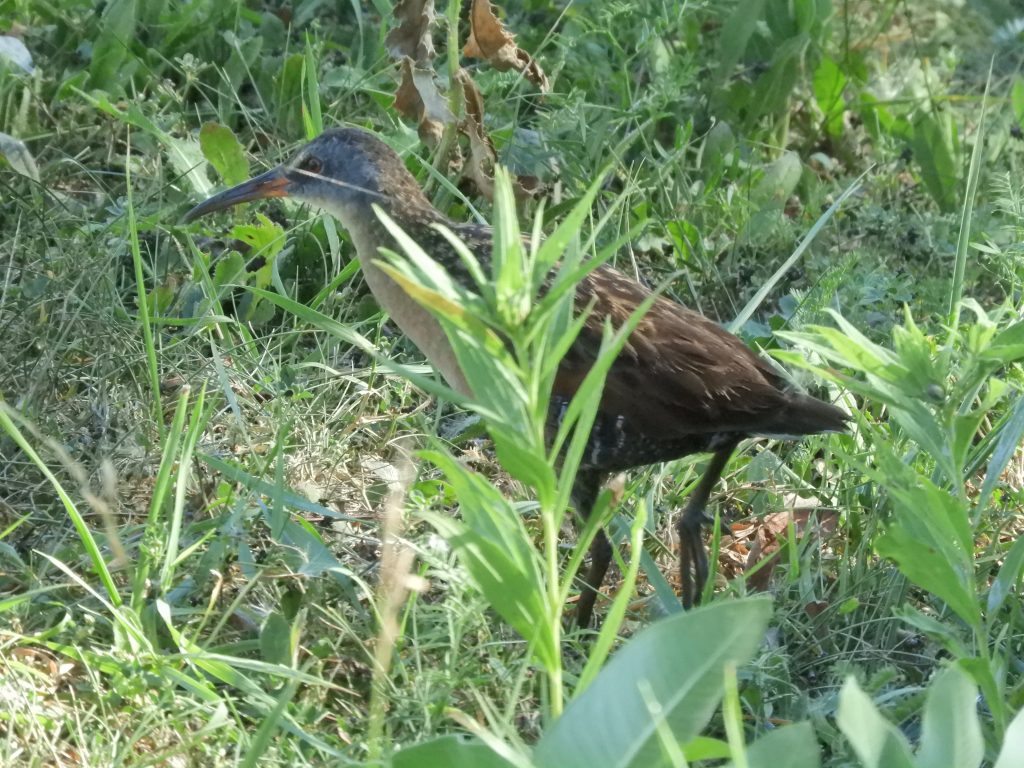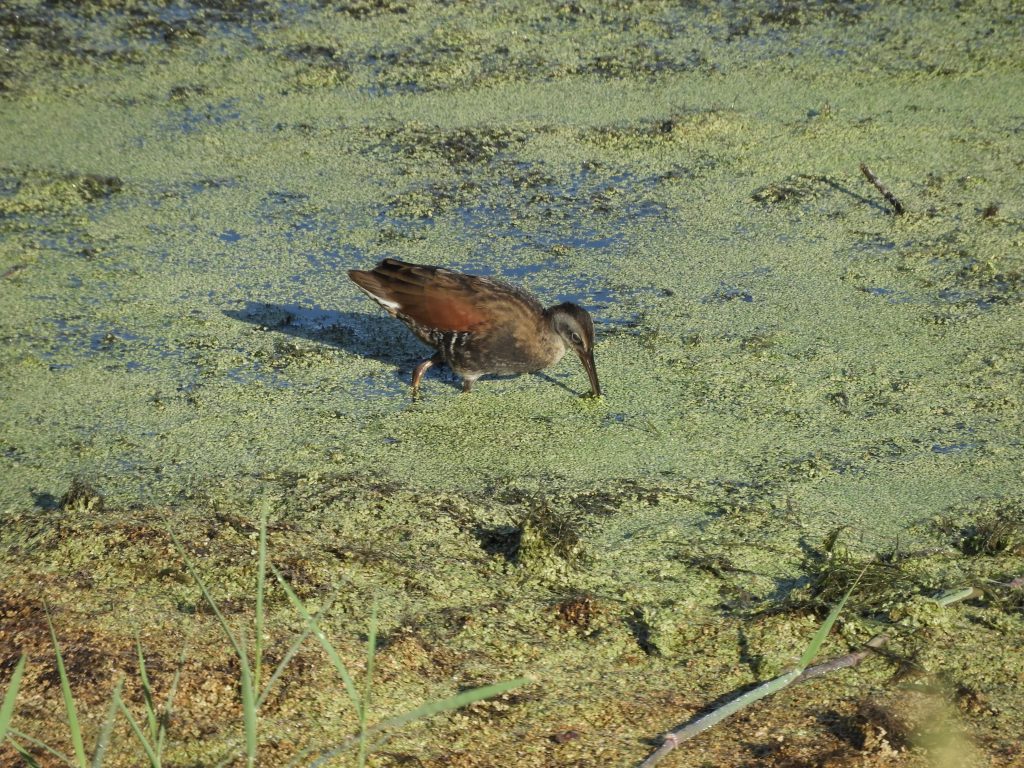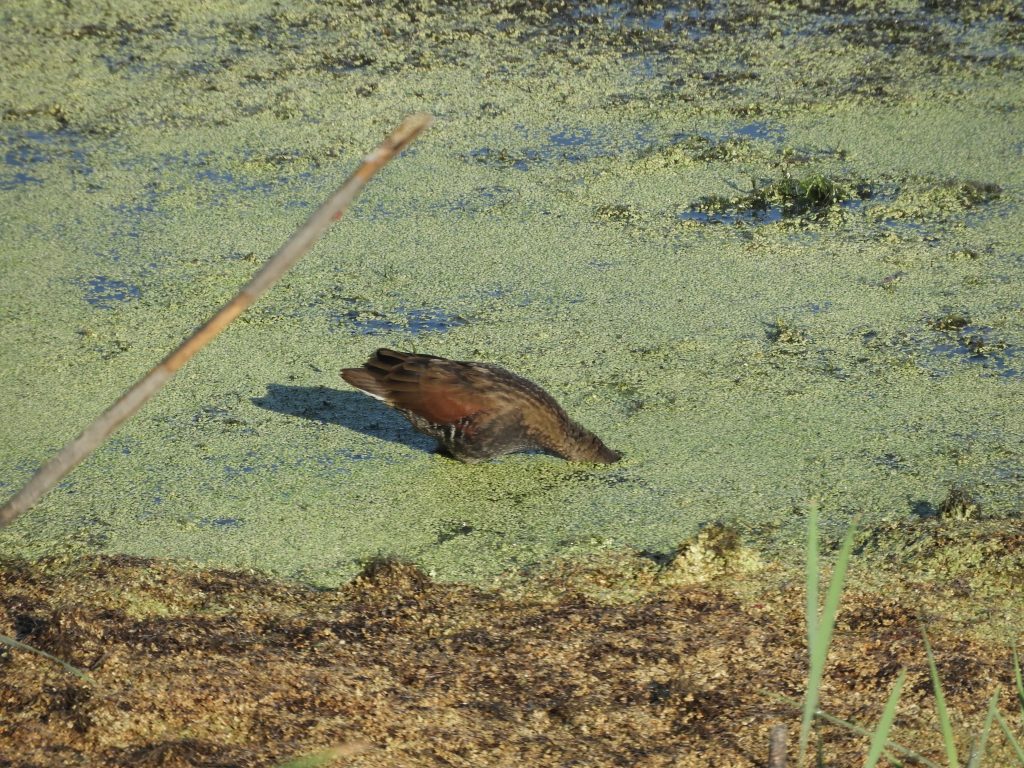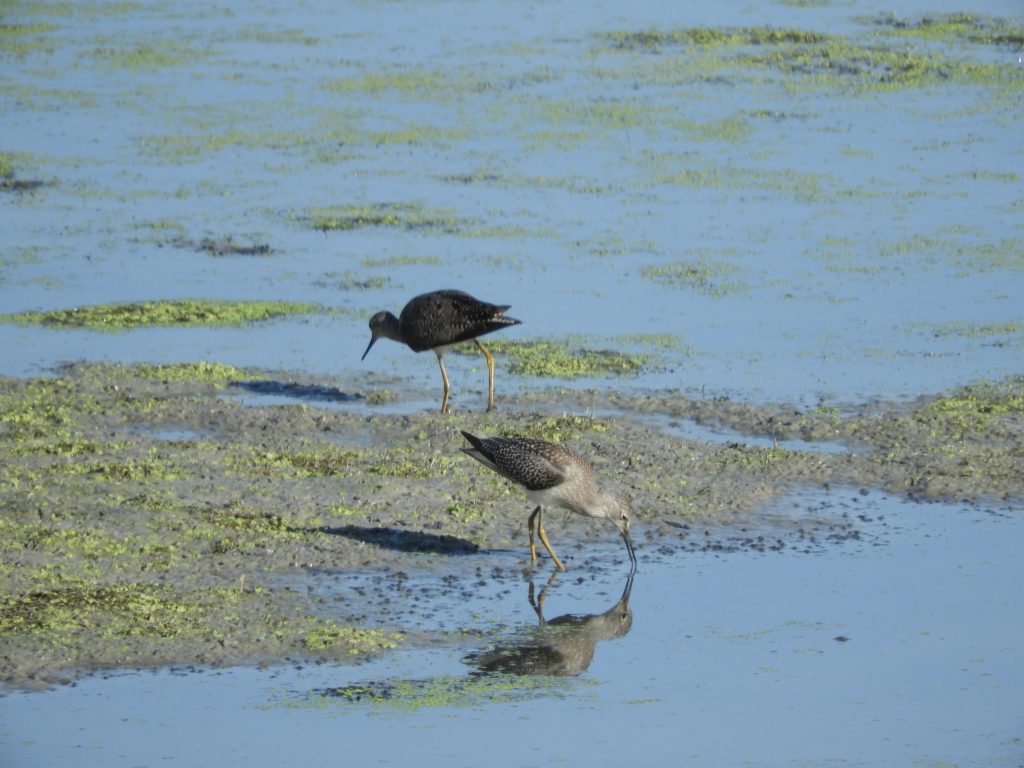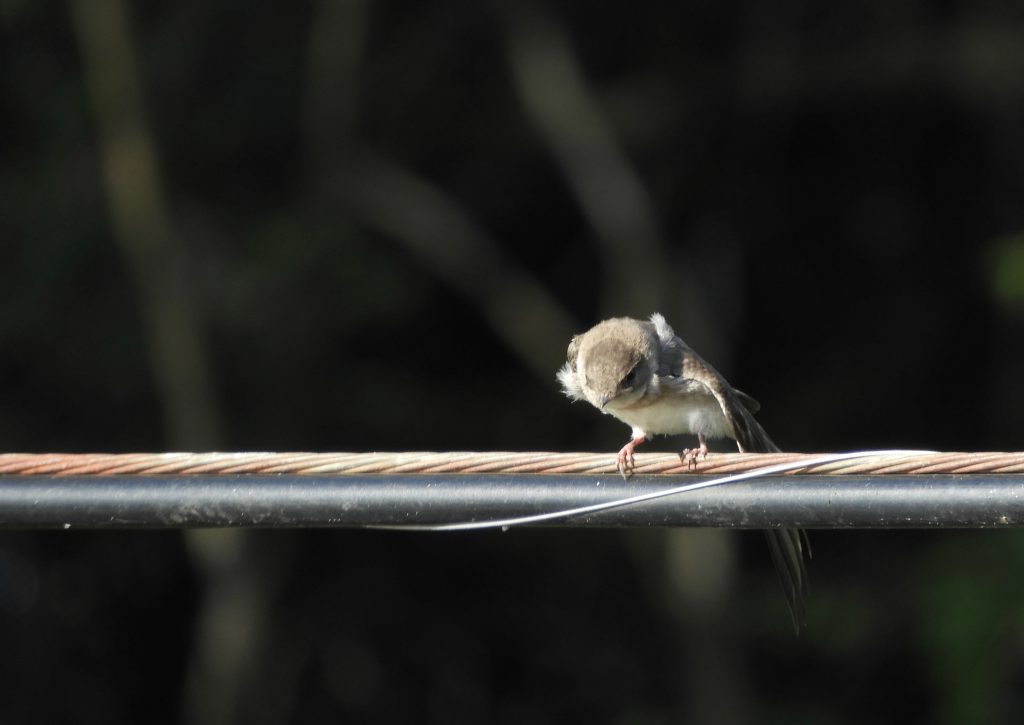
Royal Botanical Gardens. Hamilton and Burlington ON. August 17 2020. I have been following the fortunes of a Barn Swallow nest over the past couple of weeks, it is located under a pond-side viewing platform . The platform is a good birding place to linger, it has a long commanding view of the pond to a far, dark forested bank. The pond itself is a sure place to find Wood Ducks, Mallards, Great Blue Herons and Belted Kingfishers and its edges are thick with Cattails (aka Bullrush or Reedmace in other parts of the world) and more recently Wild Rice has become established. A week ago, I photographed this young Wood Duck just a few feet out from the platform.
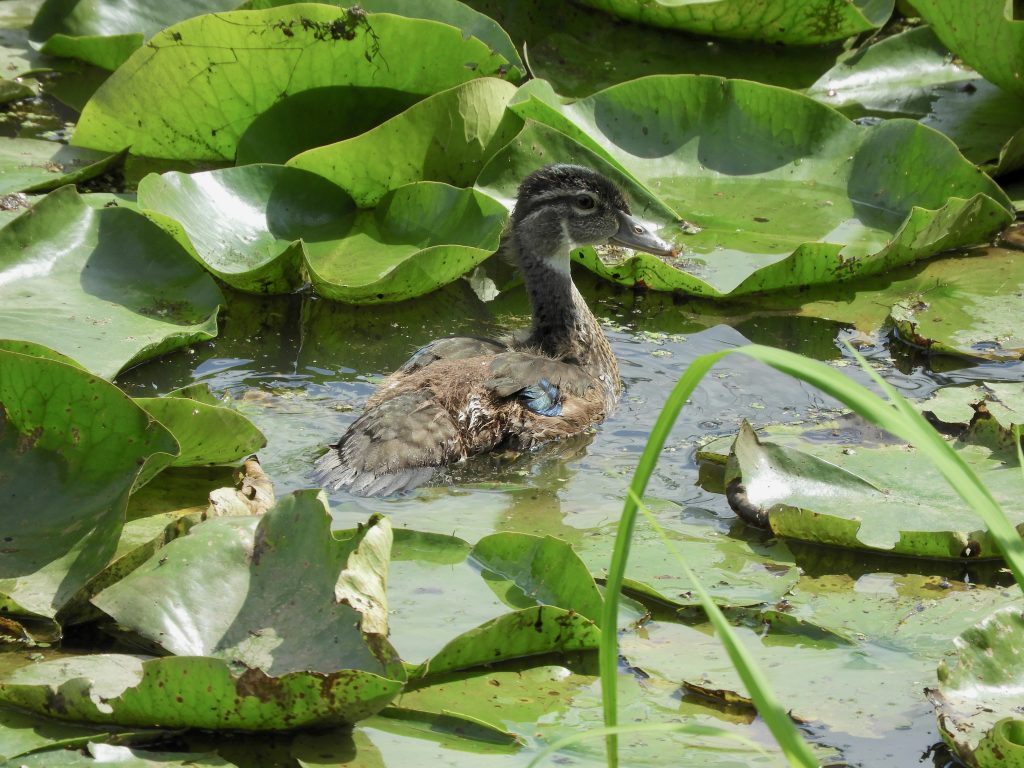
I saw it again today together with its mother and siblings and most of that immature pin-feather growth and fluffiness had grown out.
Back to the Barn Swallows. A pair has nested under the platform for several years, always in the same spot. The presence of the nest only becomes evident with the endless coming and goings of the food-carrying adults. Two weeks ago, I noticed they were delivering food again so probably to their second brood of the year. It takes about five or six weeks to complete the full nest-preparation to fledging cycle so they could have started on today’s brood in early July. So, it’s possible that they had already raised (or at least tried to raise) an earlier brood here starting in mid-late May, shortly after arrival. Anyway today, the latest brood were lined up on a bare branch above the platform, waiting for food.
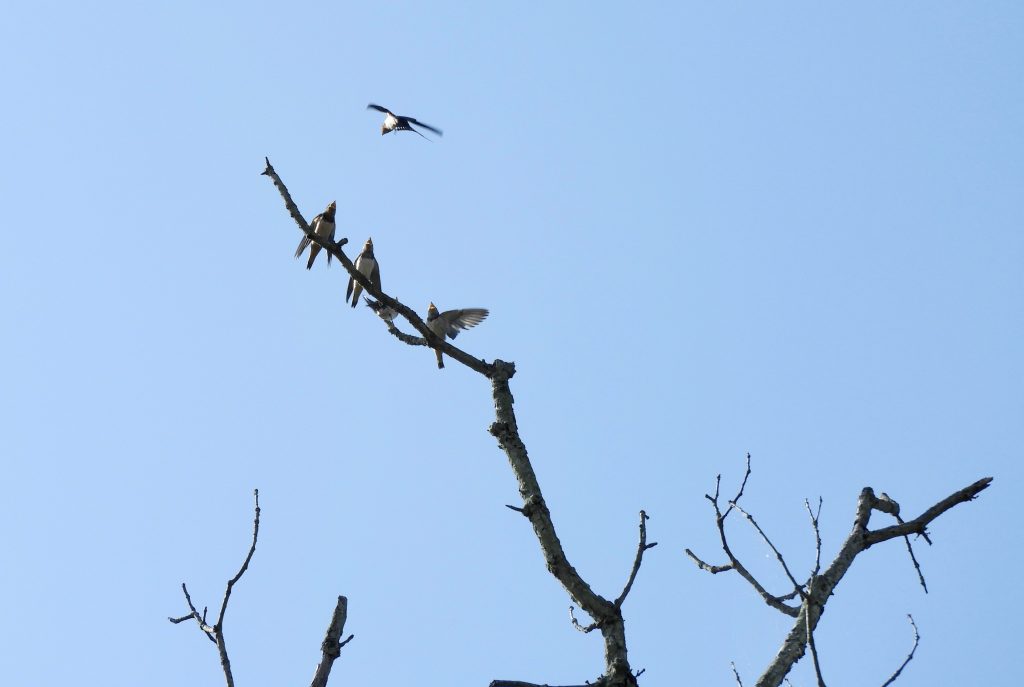
This was not my first encounter with hungry swallow kids today. Shortly after sunrise, along a lakeside path where Northern Rough-winged Swallows are often to be found, I watched two fledglings sitting on an overhead wire, patiently waiting for breakfast. As a parent approached with food, the young started the anxious, feed-me feed-me twittering. At the masthead above, a youngster sits waiting and below we see the parental duty fulfilled.
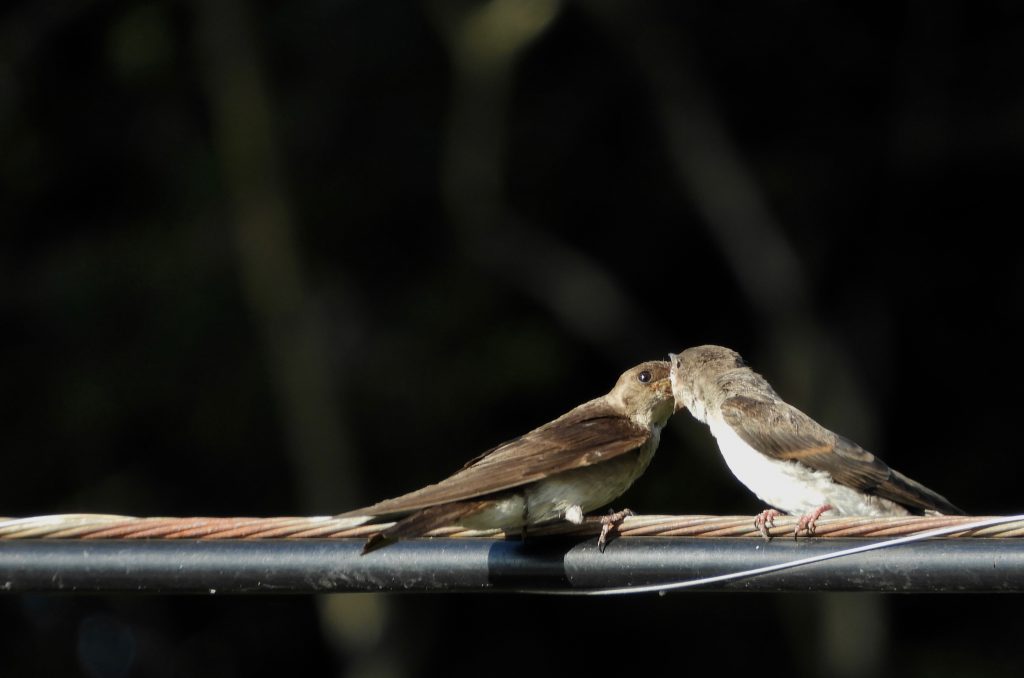
I’ll close by noting that I got a glimpse of fall migration today, passerine migration that is, the little birds. Some shorebirds have been conspicuously on the move for a month, not so the passerines. But today as I walked a creek-side trail I glimpsed a Least Flycatcher, it was nervous and kept its distance but I took it as an early migrant and I expect and hope there will be lots more to come.
